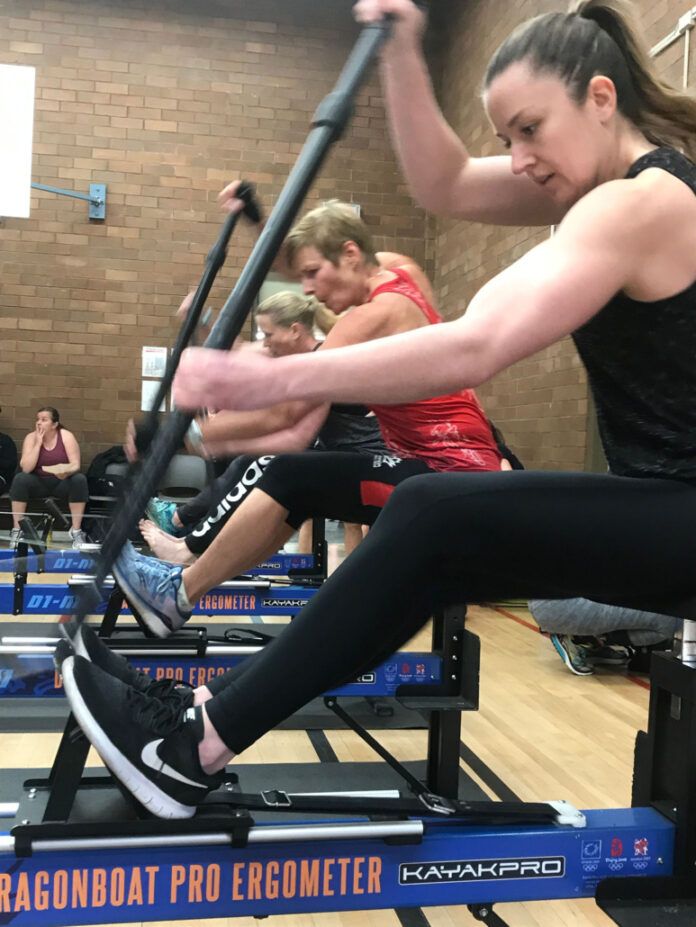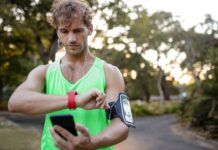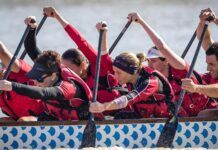Introduction
In a previous post we talked about the paddling ergo (or erg) machine, how it helps a dragon boat paddler and one way that it doesn’t. This post delves more into how to use the erg’s display to monitor your times and distances whilst on the paddling erg which should also transfer into the boat. We will cover what goals you should be setting for yourself on the ergo, how close you are to achieving them and what to do to get there. We will find out how to use the 500m split time to help you on your journey.
Some paddling ergs on the market are the KayakPro ergo and the Concept 2 with paddle adaptor.
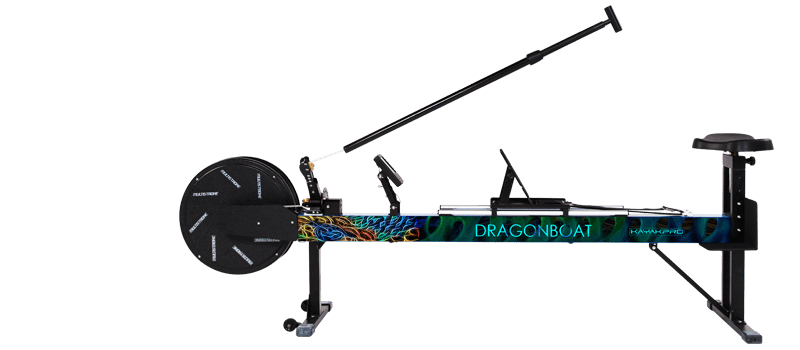

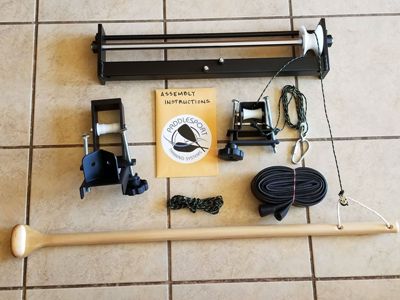
Information on the Paddle Erg Display
The data screen on an ergo can be set up to show many different pieces of data. For this post we are going to concentrate on having at least the following on one screen:
- Time
- Distance
- 500m split time
- Stroke rate

Paddling Erg Benchmarks to Aim For
What is a good distance or time that a dragon boat paddler should aim for? The answer to this depends on age, gender, weight and at what level you are in the sport. To give you an idea of the distances you should be able to register in two minutes on a paddling ergo, see the table below. (Note: A rowing machine will have higher distance expectations because you have more use of the legs.)
| Gender | Paddler Ability Beginner | Recreational | State/International |
|---|---|---|---|
| Adult Male | 400m to 450m | 450m to 500m | 500m to 600m |
| Adult Female | 300m to 350m | 350m to 400m | 400m to 450m |
Note: Each machine needs to be calibrated to an agreed setting to ensure that the results are accurate across different machines, and days. Follow the links for calibration instructions.
The Paddling Erg Problem
What makes tracking performance on the ergo so tricky is that it is usually not until the end of a piece that you would know whether you have improved or not. For example John, as a male paddler, sets up for a 2 minute piece in the hope he will hit 450m. It is not until the end of the piece that he will know whether he made it or not.
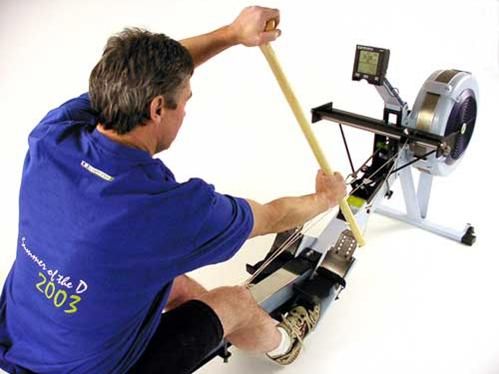
Is there a way to know if he is on track to hit his 450m mark while he is doing the two minute piece?
Was he ever on track? Did he die off? Did he go out too hard too early?
Answering these questions would help John plan his set piece and give himself the best chance of improving. But how?
The Paddling Erg Solution
There is one piece of information on the ergo screen that will help John a lot. It is the predicted time for 500m or the 500m split. This number is updated on the erg while John is doing his set piece to give constant feedback on how he is performing. If this 500m split time starts increasing, then he will know that he is tiring or drifting off pace and, if not corrected, he will not make his target distance of 450m.
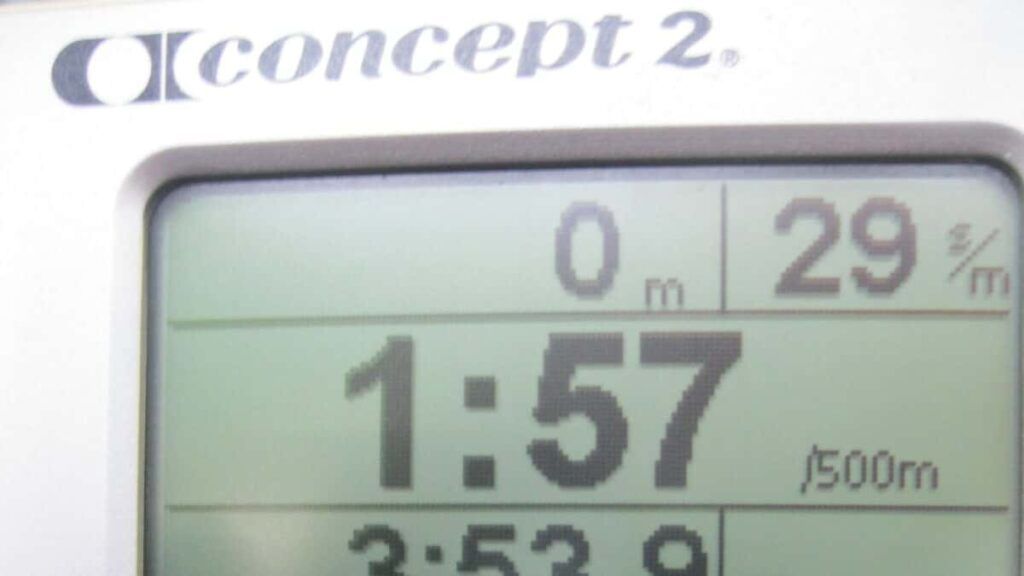
So whether he is doing 2 minutes, 1 minute, 1000m, or 200m pieces, the 500m split time will allow him to compare his pace for each of them.
What is even better, he can calculate what his 500m split time should be in order to hit his target distance.
The following table shows the 500m split time to aim for on a paddling ergo in order to hit the target distance.
…. The remainder of this content is for members only…
Featured Image: Paddling Ergs provided by VI Paddling



